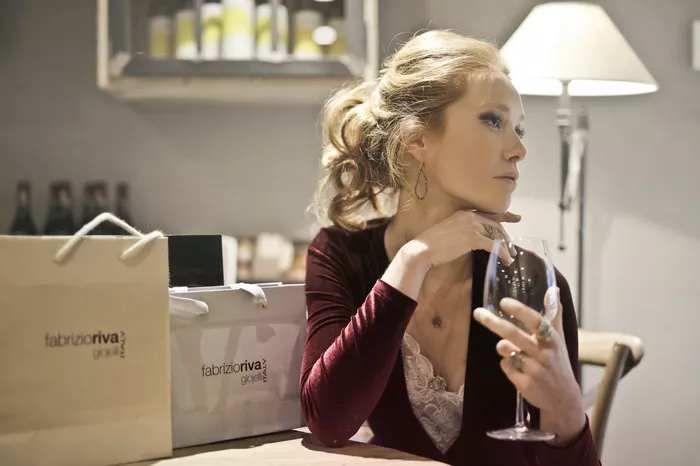Amidst the illustrious setting of Italy’s renowned Vinitaly, the premier wine trade fair synonymous with global viticulture trends, Agriculture Minister Francesco Lollobrigida has sparked a contentious debate: should non-alcoholic beverages be permitted to carry the esteemed label of “wine”? This year’s Vinitaly transcended the usual discourse on varietals and terroirs, serving as a platform for pivotal regulatory discourse led by Lollobrigida’s impassioned call to reevaluate the classification of non-alcoholic alternatives.
Lollobrigida’s stance is unequivocal: true “wine” must adhere to the time-honored processes and distinctive characteristics that have distinguished the libation for centuries. “Let’s create non-alcoholic beverages, but let’s refrain from bestowing upon them the esteemed title of ‘wine’,” Lollobrigida implored, underscoring the profound connection between genuine wine quality and its esteemed reputation both domestically and abroad.
But why the fervent defense of a name? In Italy, where wine exports exceed €8 billion, preserving the integrity of the wine label is not merely a matter of cultural heritage—it carries significant economic implications. The term “wine” encapsulates a legacy, promising quality derived from specific vineyards and age-old techniques. Lollobrigida and his contemporaries argue that extending this designation to non-alcoholic substitutes dilutes this narrative.
This debate reverberates beyond Italian borders. Throughout Europe, the wine industry scrutinizes Ireland’s proposal for health warnings on wine labels, a measure that has sparked apprehension within Italy’s viticultural epicenters. Lollobrigida critiqued the Irish initiative, perceived by many as a potential threat to wine’s portrayal as a cultural and pleasurable pursuit, rather than merely an alcoholic beverage.
Simultaneously, Vinitaly served as a canvas for the fusion of wine with art and culture. Collaborating with the Ministry of Culture, the fair curated a special section featuring multimedia installations and masterpieces like Picasso’s ‘Bacchanal’ and Garofalo’s ‘The Wedding at Cana.’ This convergence underscores wine’s transcendence beyond a libation; it is a cultural emblem steeped in history and artistic expression.
Moreover, the fair showcased innovative initiatives such as Pasqua’s Onirica, an audiovisual marvel set amidst Valpolicella’s vineyards, seamlessly blending the sensory realms of art and oenology, inviting reflection and revelry alike.
In essence, Vinitaly transcends its role as a mere wine exposition—it symbolizes a cultural narrative, a battleground defining the essence of wine, and a tribute to the profound symbiosis between wine, art, and Italian legacy. These dialogues unveil wine’s multifaceted nature as both a product and cultural symbol, reflecting broader discussions on authenticity, tradition, and the evolving dynamics of global markets.


